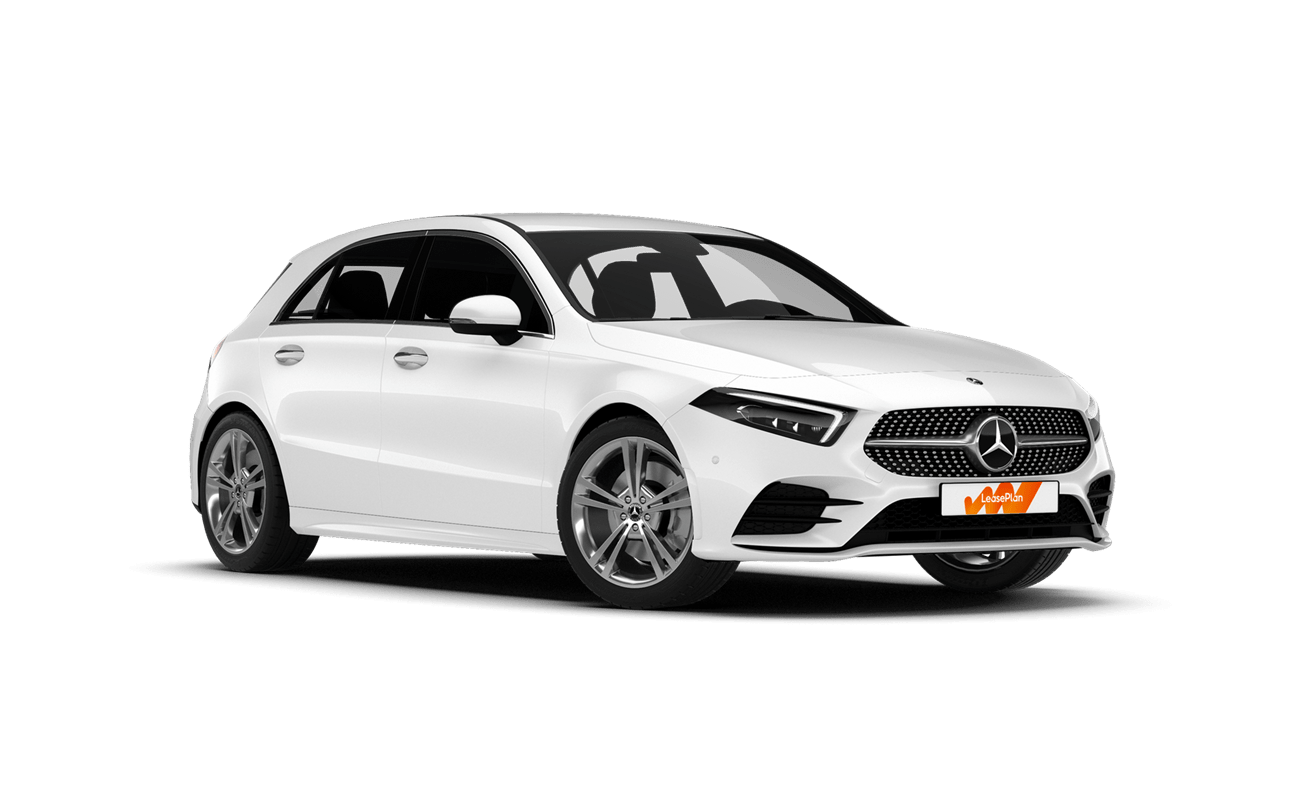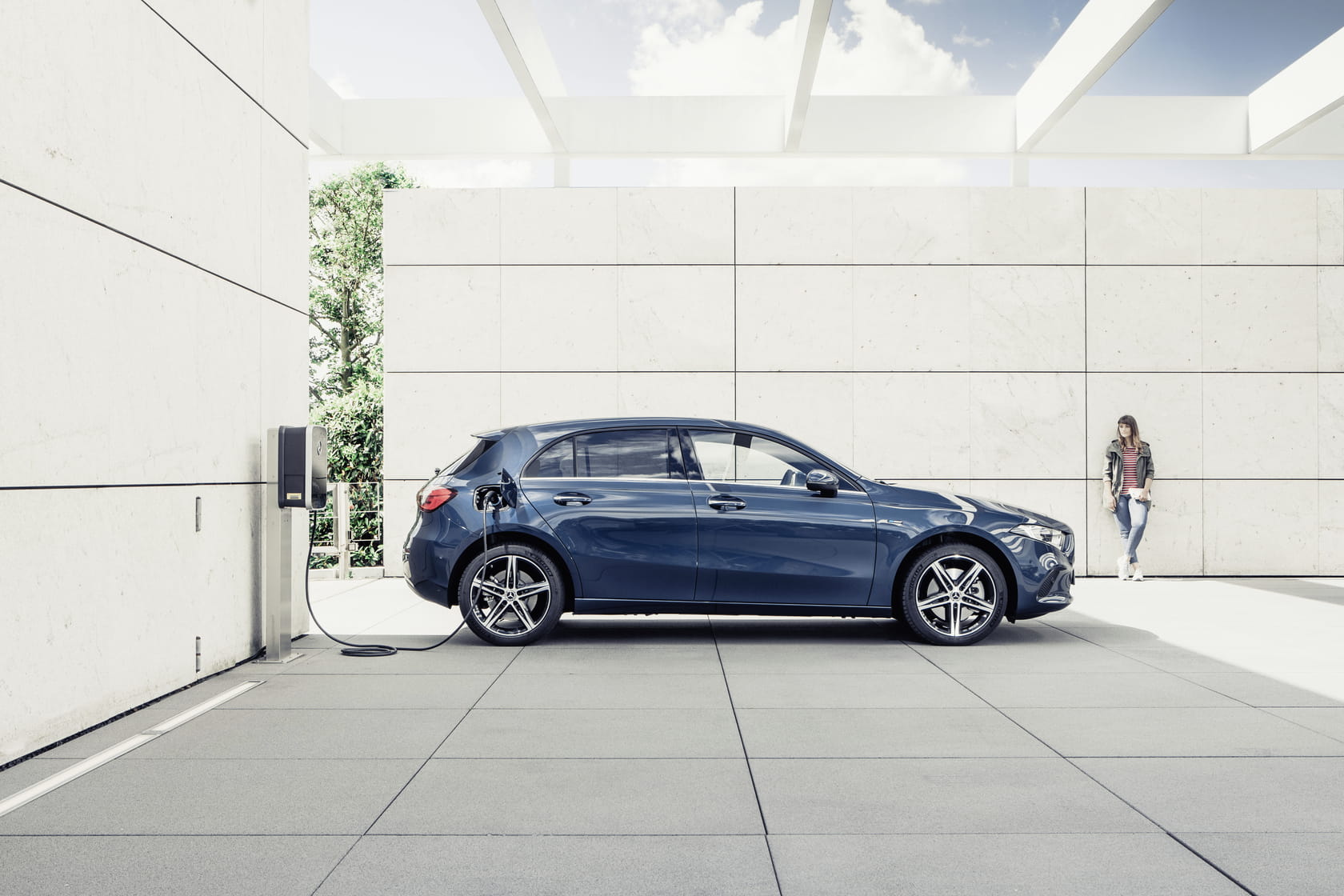
Auto review – Mercedes-Benz A 250 e
60 electric kilometres after each charge
Mercedes offers numerous plug-in hybrids. The A 250 e, the smallest PHEV in their range, has the ambition to be the ideal company car.
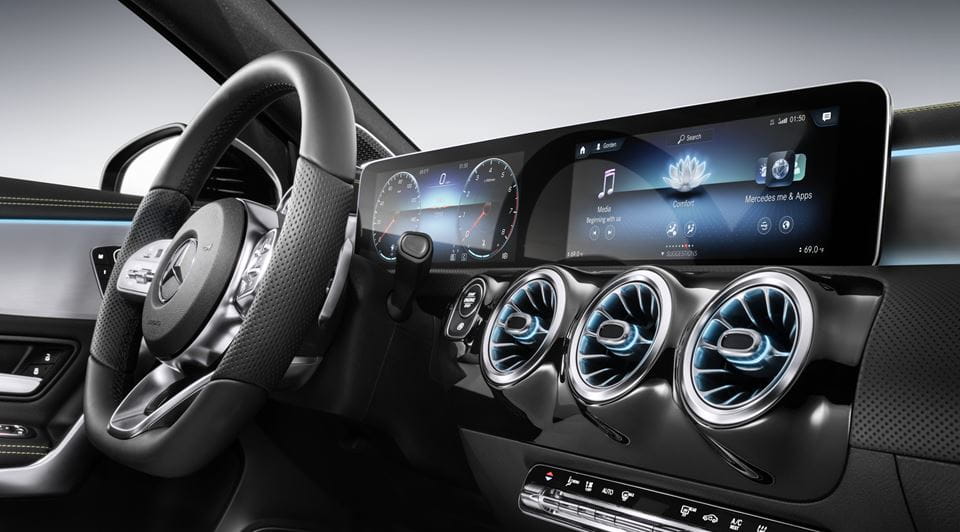
PHEV
No diesel here, contrary to the PHEV models Mercedes-Benz has on offer higher up in its range. In the case of the A Class, the electric motor is mated to a petrol engine – a 1.3-litre with 160hp and 250Nm to be precise. E-power comes in at 102hp and 300Nm. Combined, you get a system output and torque of 218hp and 450Nm, respectively, which are remarkable figures for a compact car.
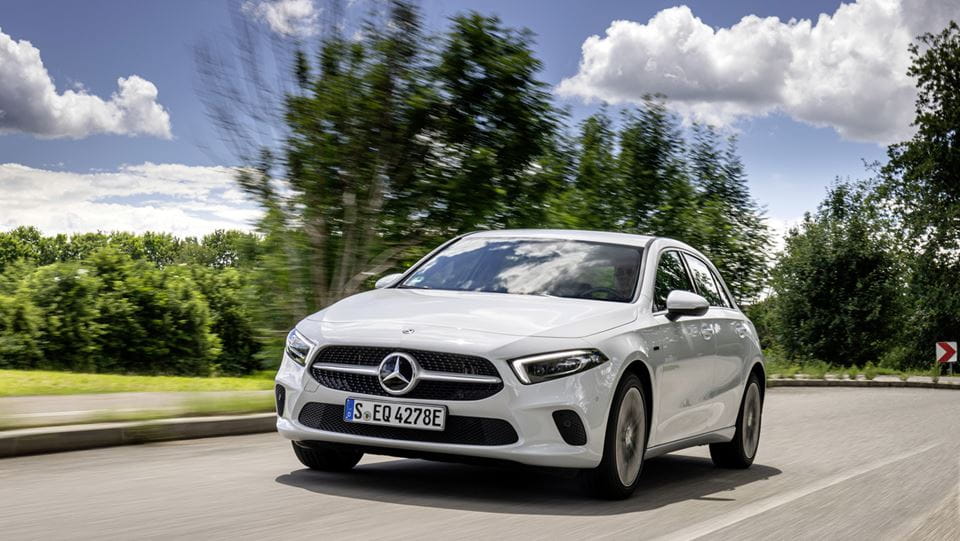
Battery
With its 15.6kWh, the battery has an above-average size and is reported to provide an electric driving range of 75 kilometres. You will not achieve that in real-life conditions but 60 kilometres are feasible nonetheless – which is well above the average 45 kilometres driven by Europeans today.
Externally, you can only tell it’s a plug-in hybrid from the EQ-Power badges and the extra fuel flap. Other than that, the A 250 e features the same equipment and features as the combustion A-Class models, including the (sometimes intrusive) driver assistance systems and the digital dashboard.
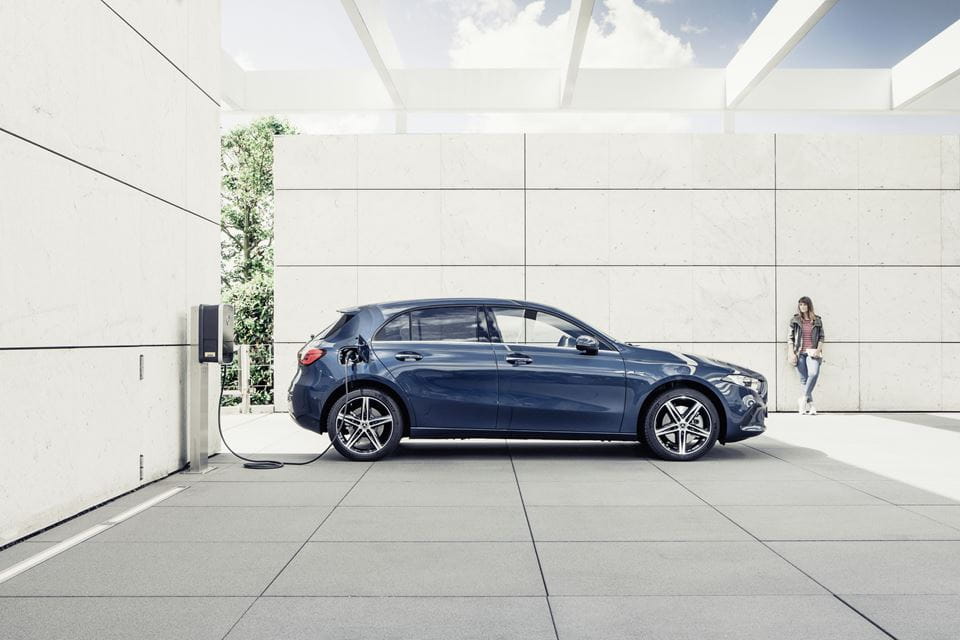
Interior space
The installation of the battery under the rear seat has little effect on the boot, which at 310 compared to 370 litres is barely smaller than that of the non-electrified variants, and available passenger space is also more than enough, even in the back and for people that are a bit taller than the average.
The electrification added 150 kilos to the car's weight but this A drives pleasantly, stable and safe regardless and it has reassuring handling. It doesn’t feel sporty, but utterly safe and predictable. In terms of performance, however, it is remarkably fast, with a sprint from 0 to 100km/h in 6.6 seconds and a top speed of 235km/h.
Charging options
The battery pack can be charged in an hour and 45 minutes using a 7.4-kW wallbox. As an optional extra, it can also be fitted with a CCS plug to charge DC at a speed of 24kW, which is exceptional for a plug-in. In the worst-case scenario, charging at home at the wall socket takes about ten hours.
The eight-speed dual-clutch automatic transmission can be hesitant at times, but it is a good companion for the two engines. The brake pedal takes some getting used to as the transition between the electric regeneration and the actual brakes can be a bit abrupt. Sometimes you can also feel when the petrol engine kicks in, leaving the car lacking refinement in this area.
Thanks to its generous electric driving range, the A 250 e can always deliver low consumption figures. If you charge the battery consistently, as we did, it is possible to average 2.7L/100km and 10.9 kWh/100km.
As a true plug-in, it is fully deductible and the driver enjoys a very low BIK. The Limousine version costs €700 more excluding VAT than the five-door hatchback, but otherwise has exactly the same characteristics.

